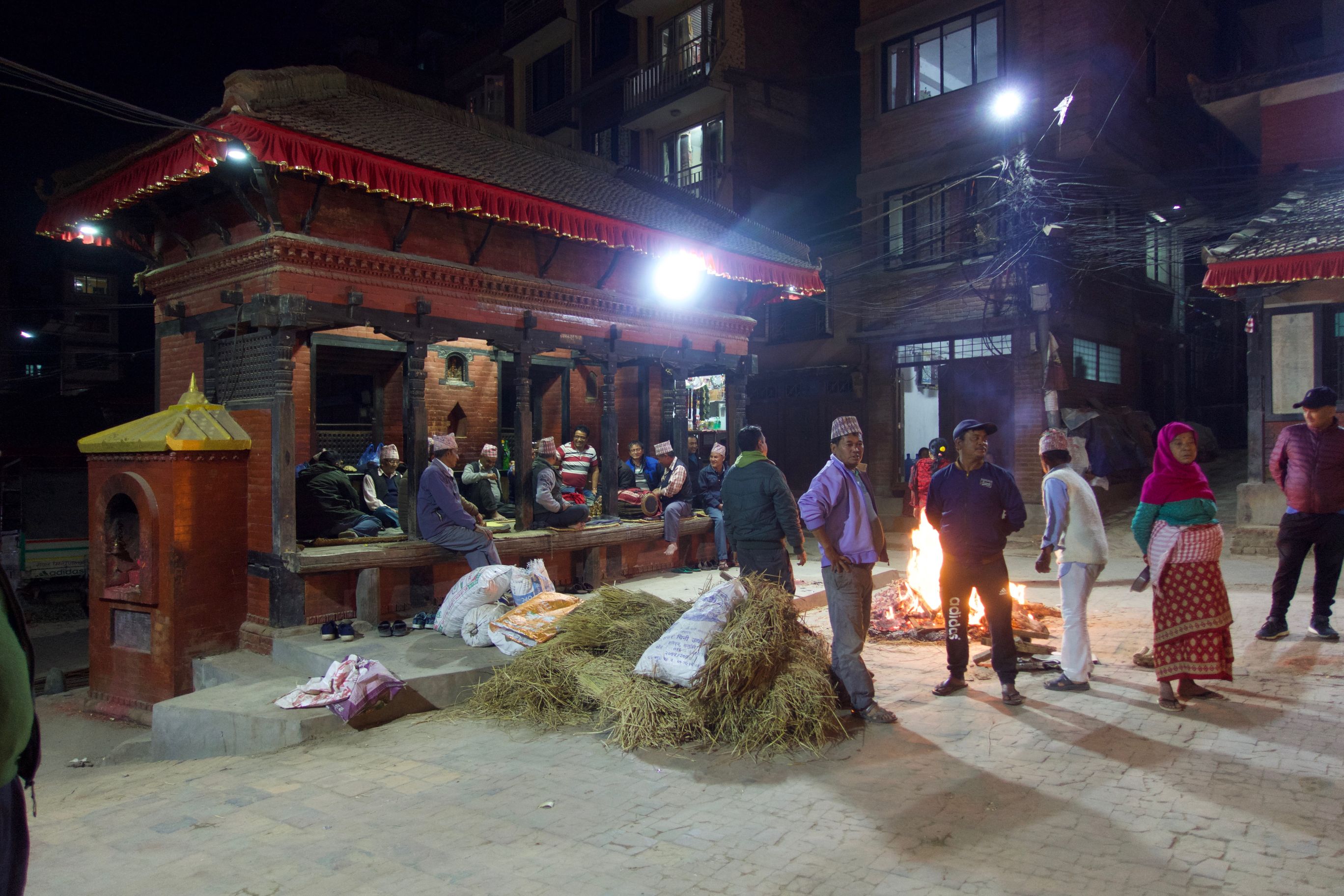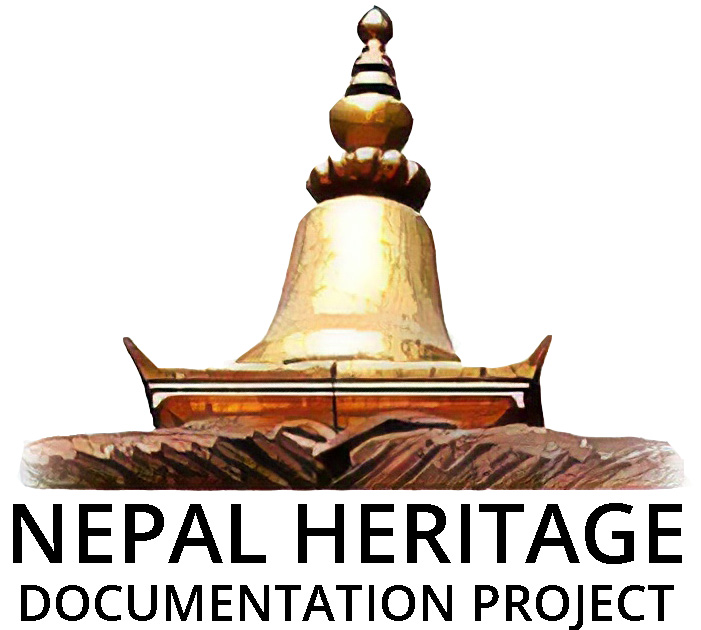Cyàsal

Cyāsal is one of the key monument heritage areas selected for the NHDP pilot phase (please note that by doing so, we neither follow the official and administrative boundaries, such as defined by the Department of Archeology, nor do we intend to create a new heritage zone that collide with the existing official boundaries!). It is a unique site, of various interconnected and meandering squares that turn Cyasal also into one of the few large open areas the densely built old city of Patan has (other exceptions are Pimbahal and Patan Darbar Square, see monument areas…). The area is very popular among local residents and urban youth from the Kathmandu Valley as well as some tourists. Especially the festivals are popular, but the area also has some remarkable smaller and larger monuments that deserve our attention. As an ensemble, Cyāsal tole (Ṭola) is, thus, a remarkable habitat of both Newar urban cultural heritage and modern facets interrelated. The ancient trade-route cutting through the square from East to West, is still relevant. Cyāsal is now surrounded by splintering urbanism, most fields have been sold and converted into ground for constructions. For NHDP, we have so far documented 20 phalcās and in this small-scale vicinity, which has a density of public and semi-public monuments as hardly any other neighbourhood in Patan’s old city, possibly even Kathmandu. Moreover, eight other monuments such as shrines, ponds/stepwells, caitya/stūpas and monasteries have been documented and mapped. Although Cyāsal’s buildings, residential and public, were quite badly hit by the earthquakes of 2015, reconstruction was very important, also because residents of the area are proud of the tangible and intangible heritage and actively use and engage in practicing it, be it for festivals, feasts, annual rituals and processions, or devotional chanting.
The locality has got several Licchavi period stone inscriptions to trace back its history to ancient period. Also, one of the four Cila͂caityas believed to be built about 2250 years ago during the time of Great King Aśoka of Magadh (India) is also situated here. The shadow play in the Bhailaḥ (Avaḥ Guṭhī) capāḥ during Indrajātrā is the cultural specialty of this area. Cyāsal was a final battlefield for the battle between Kirantas and Lichhavis. About 250 A.D., Lichhavis are said to have attacked this post, killing 800 Kirantas who were guarding the post. In Newari language, 800 means chyasa, thus this place is also a ‘memory site’. Mainly people from the caste of the “Vyan͂janakāra” (traditionally kitchen gardeners) and Avāle (often tilers, potters) reside here, the latter more towards the South of the large square, the first towards the North. Earlier, there would have been communal tensions between these groups, but those have now become part of the folkloristic memory rather than active conflict. Members of Maharjan farmers, members of Śākya or Śhreṣṭha caste names are written in diacritics above and below castes also live in and around Cyāsal square.
According to an Avāle resident (aged 55) the Avāles are divided into two guṭhīs i. e. the Cidha͂ (smaller) and the Tadha͂ (bigger) and into ten Si (death) Guṭhīs as well. The members of Cidha͂ Guṭhī are called Lā manaṃ (vegetarians). Only five families still live in Bhindyaḥlāchi. The other Avāles are connected to the Tadha͂ Guṭhī. Some Avāles have migrated from Kathmandu, near Ason Tole (Asana Ṭola), to Cyāsal Tole. They shifted their lineage deity from Lainchaur to Depacākhyaḥ in Shankhamool (Śaṅkhamūla), Patan and worship her in the month of Pauṣa/Māgha (Jan-March).

Links to individual monuments
